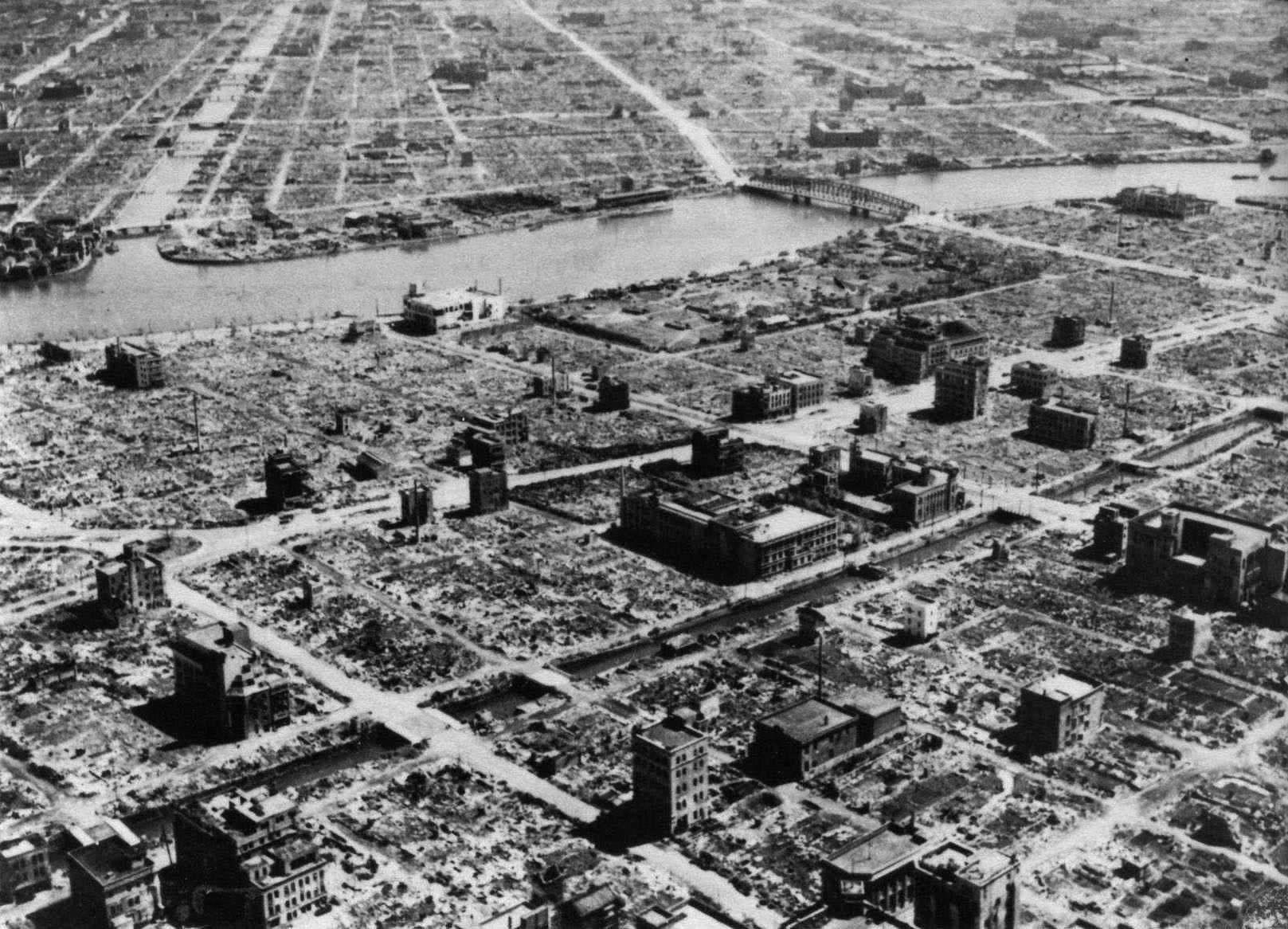In the early hours of March 10, 1945, 279 U.S. B-29s dropped 1,665 tons of bombs, mostly 500-pound E-46 napalm-carrying M-69 incendiary bombs, killing approximately 100,000 civilians in a single night. Almost 270,000 buildings were destroyed, and more than 1 million residents were rendered homeless.
It was the single most destructive bombing raid in history — even more than the atomic bombings of Hiroshima and Nagasaki. Most of the victims were civilians, and most of them were women, children, and elderly, in light of the fact that the able-bodied menfolk were off to war and the full scale evacuation of these vulnerable groups from urban areas had not begun in earnest yet.
The first city bombed from the air is usually considered to be Antwerp, Belgium, in an attack conducted by a German Zeppelin LZ 25 in late August 1914, but in fact, there were uses of such aerial bombings prior to that during the Italo-Turkish War in an attack near Tripoli in 1911, the First Balkan War in 1912, and the Mexican Revolution in 1914. This makes sense as aircraft and airships were being developed and employed operationally at this time. The Japanese military used air attacks in Japan's second war with China in the 1930s, as did Germany against England and others.



















With your current subscription plan you can comment on stories. However, before writing your first comment, please create a display name in the Profile section of your subscriber account page.